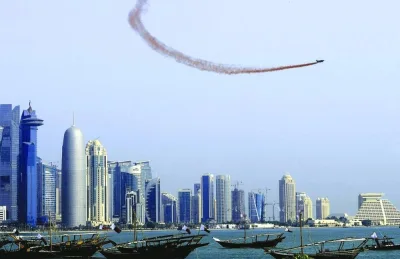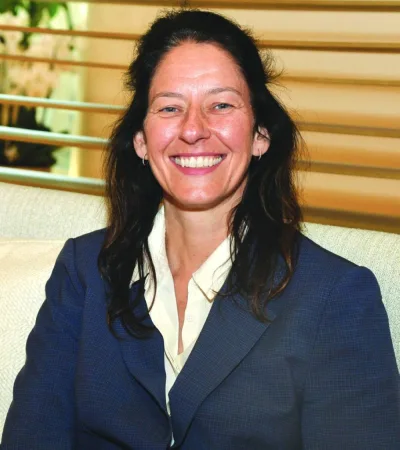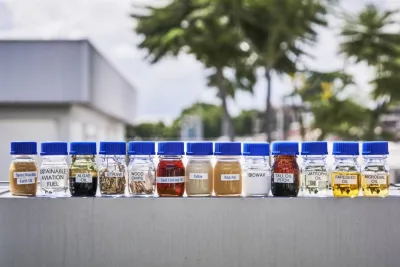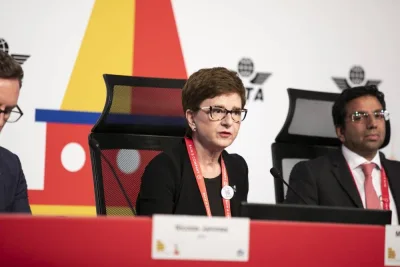Qatar's fiscal balance as a percentage of GDP is expected to be 8.9% this year and 8.2% in 2024, Oxford Economics has said in a report.The country’s current account as a percentage of GDP is expected to be 16% this year and 14.5% in 2024.Qatar’s real GDP growth has been forecast at 2.6% this year and 2.6% in 2024.Oxford Economics estimates Qatar’s inflation to average 2.3% (year-on-year) in 2023 and 1.8% in 2024.In its last update, Oxford Economics noted although commodity prices have softened amid weaker global growth, they remain elevated, providing support to Qatar's macroeconomic environment.Qatar is not involved in the Opec+ agreement on production quotas, and output will likely rise further above 600,000 barrels per day (bpd) this year. That said, following two years of production increasing, output slipped 0.6% last year.The North Field gas expansion project will have a positive medium-term impact, increasing LNG capacity nearly 65% to 126 mtpy by 2027, from 77 mtpy.Qatar is in the process of signing other multi-year supply contracts, following agreements with China and Germany for LNG output set to be added in the first phase of the project due in 2026.The non-energy sector expanded by 6.8% in 2022, exceeding Oxford Economics’ 6.3% projection and marking the fastest pace since 2015. But growth will slow to 3.2% this year, as momentum eases after the World Cup, maintaining a similar pace in 2024/25.Tourism will be among the sectors that will support non-oil recovery this year, thanks to major events, including the Asian Football Cup and Formula 1 Qatar Grand Prix, and in the medium term.Qatar attracted 2.56mn tourists in 2022, and data for January and February show foreign arrivals were about three and four times higher than in the respective months last year.The 2023 budget, based on an oil price $65/b, up from $55/b in 2022 budget, projects a surplus of QR29bn, equivalent to 3.4% of GDP.“Our 2023 forecast for Brent is now at $87/b (up from $85 last month), above the budgeted price, though LNG prices undershot our projection in Q1. On that basis and with spending growth moderating, we see a budget surplus of 9.6% of GDP this year,” Oxford Economics said.The government ran a surplus of QR89bn (10.3% of GDP) in 2022.Oxford Economics noted Qatari banks have been resilient and are well capitalised and profitable, with low levels of non-performing loans. Banks' reliance on foreign funding has eased, thanks to improved domestic liquidity and a decline of 31% y/y in non-resident deposits, but remains high.

Pratap John
Pratap John is Business Editor at Gulf Times. He has mainstream media experience of nearly 30 years in specialties such as energy, business & finance, banking, telecom and aviation, and covered many major events across the globe.
Most Read Stories
3
4























